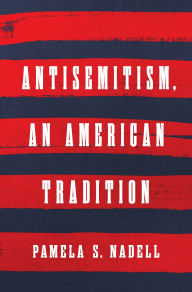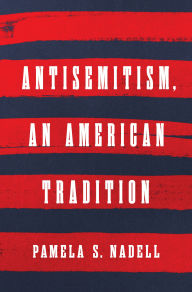Jewish History - General & Miscellaneous
Audiobook (Unabridged)
$24.99
. Price is $24.99 . You save
%.
OR
FREE with a B&N Audiobooks Subscription trial!
Audiobook (Unabridged)
$26.99
. Price is $26.99 . You save
%.
OR
FREE with a B&N Audiobooks Subscription trial!








